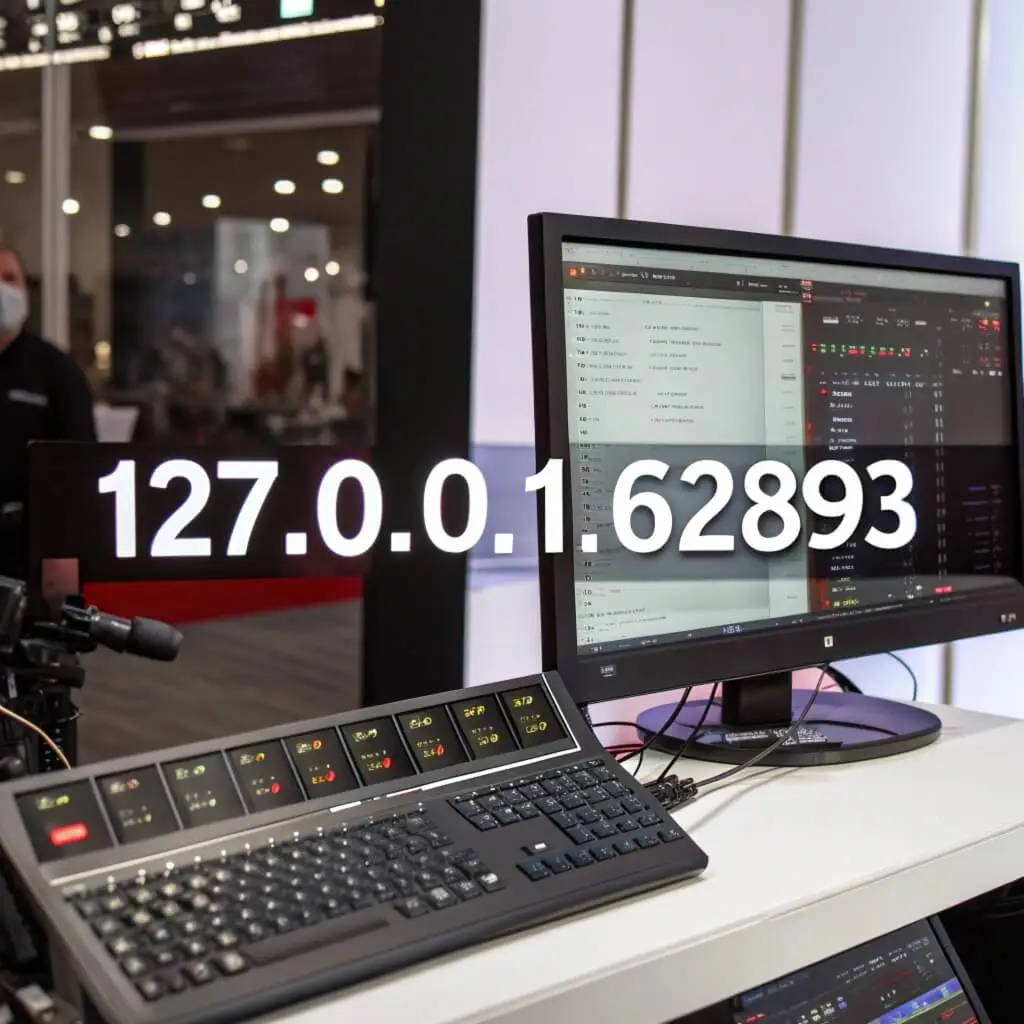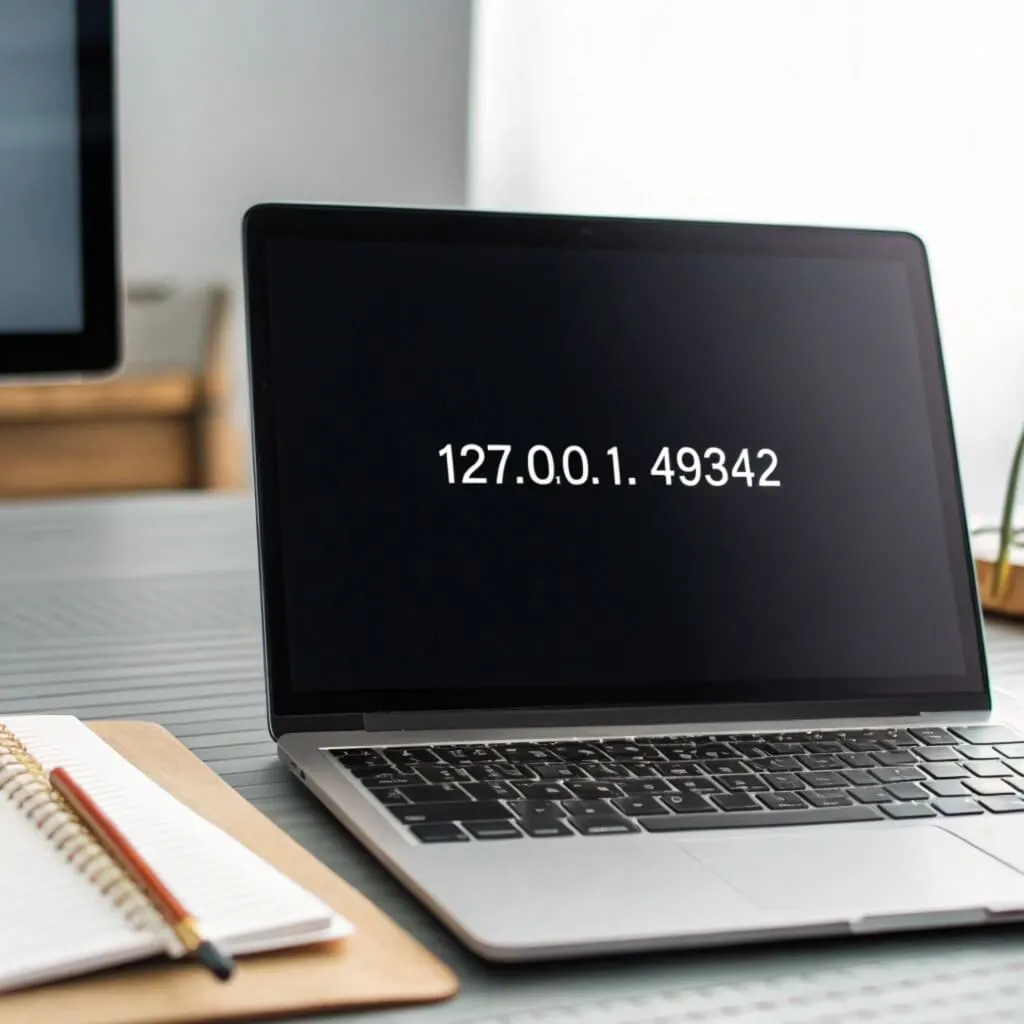What is 127.0.0.1:62893? In the world of network administration and software development, understanding the significance of 127.0.0.1:62893 is essential. This combination of an IP address and a port number plays a crucial role in local network testing, debugging, and ensuring the proper functioning of software applications.
In this article, we will explore the concept of 127.0.0.1:62893, break down its function, and look at practical applications for both developers and network administrators.
What is 127.0.0.1:62893?
127.0.0.1 is a special type of IP address known as the loopback address, commonly referred to as the “localhost.” It is used by a computer to refer to itself, allowing applications running on that machine to communicate with each other without the need for an external network. This loopback address enables software testing and diagnostics within the same system.
The port number 62893, on the other hand, is a dynamic port often used for custom applications. By combining 127.0.0.1 with this specific port, a local communication channel is created, enabling users to run tests, access services, and debug applications entirely within the system without external interference.
Why is 127.0.0.1 Called the Localhost?
The term localhost refers to the internal address a system uses to communicate with itself. It bypasses the need for a router, external network interface, or internet connection. As a reserved IP address, 127.0.0.1 only communicates with the originating device, which makes it ideal for developers testing new software, protocols, or system configurations.
How Does 127.0.0.1:62893 Operate?
1. Loopback Communication
When a machine sends data to 127.0.0.1, the operating system routes that data back to itself. This loopback mechanism ensures that any communication sent to 127.0.0.1 never leaves the device but is instead handled locally.
2. The Role of Ports
Port numbers like 62893 are used to direct data to specific applications or services running on the device. When combined with 127.0.0.1, this port becomes a communication endpoint, allowing software to listen and send data through this local connection.
3. Step-by-Step Data Routing Process
- Data Request: A software or application sends a request to 127.0.0.1:62893 to access a service.
- Encapsulation: The data is then encapsulated, with necessary headers, for transmission.
- Loopback Processing: The operating system intercepts the data and sends it back through the same system, targeting the application listening on port 62893.
Applications of 127.0.0.1:62893
· Local Development and Testing
One of the primary uses of 127.0.0.1:62893 is during software development. Developers utilize this address and port combination to test applications in a local environment before they are deployed to external servers. By using localhost for testing, developers can simulate server-client interactions, check application behavior, and identify bugs without involving a live network.
· Troubleshooting and Diagnostics
Network administrators often rely on the loopback address and port for diagnostic purposes. When testing the behavior of internal services or verifying whether software is correctly configured, 127.0.0.1:62893 provides a safe, isolated space to conduct those tests without risking disruption to external systems.
· Enhanced Security for Sensitive Applications
Using 127.0.0.1:62893 also adds a layer of security to the development process. By limiting communication to the local system, sensitive data does not have to travel across a network, reducing the risk of data breaches. It ensures that testing and debugging activities cannot be intercepted by malicious external entities.
Troubleshooting Common Issues with 127.0.0.1:62893
Identifying and Fixing Port Conflicts
When multiple applications attempt to use the same port, a conflict can arise. If this happens with 62893, the system will notify users, allowing them to identify which process is occupying the port. Tools like netstat or lsof can be used to pinpoint the conflicting application, and the port can be reassigned to resolve the issue.
Resolving Firewall Restrictions
Sometimes, firewalls block localhost traffic, preventing applications from communicating through 127.0.0.1:62893. To resolve this issue, firewall rules may need to be adjusted to allow loopback connections.
Addressing Configuration Problems
Misconfigurations in the software setup can also cause issues when using 127.0.0.1:62893. It is essential to ensure that software configurations are correct and allow communication through this local address and port.
How to Test 127.0.0.1:62893?
· Using Command-Line Tools
Testing the connectivity of 127.0.0.1:62893 is simple with the help of command-line utilities:
- Ping Test: Running ping 127.0.0.1 checks if the localhost is responsive.
- Port Access Test: Using telnet 127.0.0.1 62893 allows you to test if the port is accessible and functional.
· Monitoring Network Activity
For deeper analysis of port activity, tools like Nmap can scan and identify open ports, including 62893, and help diagnose any connectivity issues.
Best Practices for Using 127.0.0.1:62893
While 127.0.0.1:62893 is a powerful tool for local testing and development, it must be used carefully, especially when considering security and system stability. Here are some best practices:
· Restrict Access to Localhost
Ensure that services bound to 127.0.0.1:62893 are restricted to internal use only. If these services are accidentally exposed to external networks, there is a risk of unauthorized access.
· Regularly Monitor System Logs
By monitoring logs and reviewing application behavior, administrators can catch any unusual activity that might indicate a misconfiguration or security threat.
· Stay Up-to-Date
To mitigate security vulnerabilities, it is essential to regularly update software and apply patches as needed.
Use of 127.0.0.1:62893 in Virtual and Cloud Environments
In cloud-based virtual machines or containers, 127.0.0.1:62893 still plays an important role in testing, debugging, and internal communication. Whether you’re working in a virtualized environment or managing cloud instances, the local loopback address ensures that applications can interact securely within the virtual environment.
Configuring 127.0.0.1:62893 on Different Systems
For Windows
- Open the Command Prompt as Administrator.
- Use tools like netsh or PowerShell to configure port bindings and manage connections.
For macOS/Linux
- Modify the /etc/hosts file to define custom configurations.
- Leverage tools such as iptables for managing port rules and traffic.
Advantages of Using 127.0.0.1:62893
| Feature | Benefit |
| Speed | Enables rapid testing without network delays. |
| Security | Reduces the risk of external interception. |
| Isolated Testing | Prevents test results from affecting production environments. |
| Simplified Debugging | Allows for easier identification of issues within local services. |
Frequently Asked Questions (FAQs)
What is 127.0.0.1:62893 used for?
127.0.0.1:62893 is primarily used for local testing and debugging within a computer and tech. It allows developers and administrators to test applications and services without affecting external systems.
Can I use 127.0.0.1:62893 from another computer?
No. 127.0.0.1 is a loopback address that refers only to the local machine. It cannot be accessed from external devices.
How do I handle port conflicts?
To resolve port conflicts, identify the application using the port with tools like netstat and reassign the port or close the conflicting application.
What if the port is blocked by a firewall?
Adjust your firewall settings to allow traffic on 127.0.0.1:62893 to resolve any access issues caused by the firewall.
Can 127.0.0.1 be used for testing secure applications?
Yes, 127.0.0.1 is ideal for testing secure applications as it confines the data and communication to the local system, reducing the risk of exposure.
What tools can I use to test 127.0.0.1:62893?
You can use command-line tools like ping, telnet, and Nmap to check the responsiveness and availability of 127.0.0.1:62893.
Is localhost access safe for sensitive data?
Yes, as long as it is properly restricted to local use, accessing services through 127.0.0.1 ensures the data stays within the system.
Can localhost be used for testing APIs?
Yes, 127.0.0.1:62893 is an excellent choice for testing APIs and simulating server-client communication in a controlled environment.
Is there a risk in exposing localhost services to the public?
Yes, exposing 127.0.0.1:62893 or any localhost port can introduce security vulnerabilities. It is always recommended to restrict access.
How can I resolve connectivity issues with 127.0.0.1:62893?
Ensure the port is open, check for firewall restrictions, and verify application configurations to troubleshoot and resolve connectivity issues.

Conclusion
In conclusion, 127.0.0.1:62893 is a fundamental tool for developers and network administrators. It enables efficient testing, secure communication, and troubleshooting within the local environment. Understanding its functionality and adhering to best practices ensures that it can be used effectively without risking system integrity or security.
Whether you are testing software, debugging code, or analyzing network behavior, mastering 127.0.0.1:62893 is an essential skill for anyone working in networking and software development.







